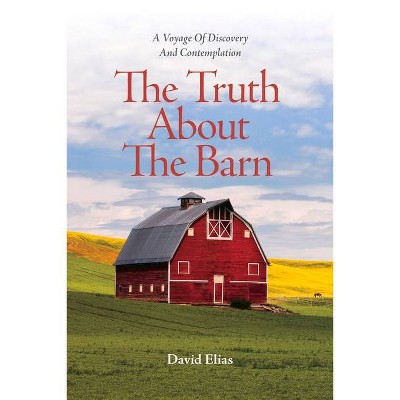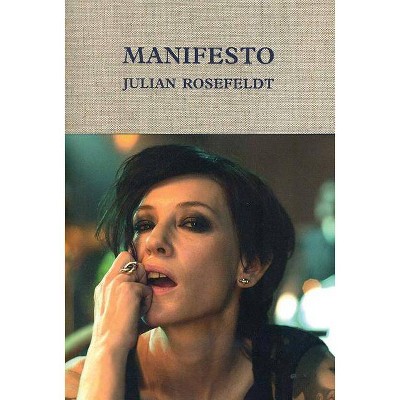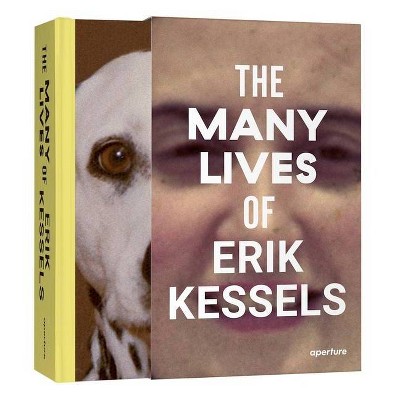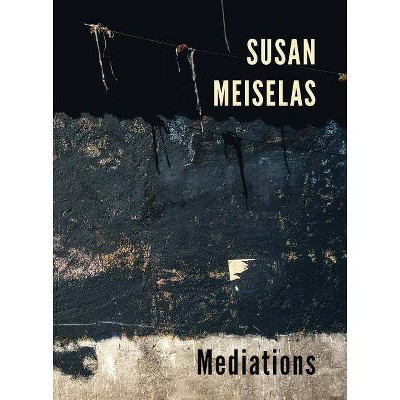Philadelphia Builds - by Michael J Lewis (Paperback)

Similar Products
Products of same category from the store
AllProduct info
<p/><br></br><p><b> About the Book </b></p></br></br>An in-depth tout of Philadelphia's architectural history from the 1700s to the present day--for the general reader.<p/><br></br><p><b> Book Synopsis </b></p></br></br><b>"Michael Lewis deploys his gifts as a storyteller to convey the ideas, aspirations, vanities and struggles that gave form to Philadelphia's most important buildings. Written with ferocious passion and deep scholarship, these architectural histories frequently charmed me, occasionally provoked me, and ultimately left me with a richer understanding of the city I thought I already knew."--Inga Saffron, architecture critic, <i>Philadelphia Inquirer</i>, and author of <i>Becoming Philadelphia</i></b> <p/>In <i>Philadelphia Builds</i>, architecture critic Michael J. Lewis explains why Philadelphia has produced so many extraordinary architects, including Louis Kahn, Frank Furness, and Robert Venturi. Lewis has written about the architecture of his native city for over three decades, and <i>Philadelphia Builds</i> brings together twenty-two of his best essays―including one about Kahn's little-known project to design a memorial for Vladimir Lenin and another which is the first substantial profile of Willis G. Hale, cult hero of Philadelphia hipsters. <p/>Other essays treat William Penn's plan for his new Quaker city, the fierce competitions that gave the city its greatest civic monuments, and also contemporary buildings such as the Barnes Foundation. Richly illustrated with drawings and photographs throughout, <i>Philadelphia Builds</i> is an engaging account of the people and forces that shaped the city from the 1700s to the present day. Includes 120 b/w photographs and images.<p/><br></br><p><b> Review Quotes </b></p></br></br><br>Michael J. Lewis is a natural-born storyteller who treats buildings as characters in the ongoing drama of Philadelphia.--<b><i>Philadelphia Inquirer</b></i> <p/>This is a proper architectural history book, with impressive credentials to satisfy the scholar and filled with those line drawings, period prints, and photographs beloved of historians . . . But be not daunted--it's eminently readable . . . <i>Philadelphia Builds</i> is filled with historical asides, injections of whimsy, and flashes of professional humor.--<i><b>Broad Street Review</i></b> <p/>Here, in Michael Lewis's enchanting and illuminating essays, the reader is brought face-to-face with the iterative and collaborative act of architecture in a democracy, a combination of vision, craft, self-creation, constraint, and compromise. Lewis's understanding and insight elevate architectural choices into the realms of art and politics simultaneously, all the better in his affable tone and clipped prose. His gift is to enter inside the process, putting the reader in a frame of mind to wonder, question, and appreciate the object world. In Philadelphia--and in American cities more generally--this means having a passionate friend at your side illuminating the familiar and the beloved, all the same. The extra bonus is the introduction of forgotten architects and buildings to our collective understanding of Philadelphia as a crucible of American architecture.--<b>Nathaniel Popkin, co-author <i>Philadelphia: Finding the Hidden City</i></b> <p/>"With a sharp historian's eye―and a sharper critic's pen―Michael J. Lewis guides us through Philadelphia's built past, and with a rare intelligence shines new light on its patrons, its builders, and its architects―both famous and forgotten. His affection for his native city is evident throughout."―<b>Witold Rybczynski, author of <i>Charleston Fancy</i></b><br><p/><br></br><p><b> About the Author </b></p></br></br><b>Michael J. Lewis</b> is the author of nine books on art and architecture, including <i>Frank Furness: Architecture and the Violent Mind</i>, <i>The Gothic Revival</i>, and <i>City of Refuge</i>. He is the architecture critic at the <i>Wall Street Journal</i>, and his essays and reviews have been published in the <i>New York Times</i>, <i>Commentary</i>, <i>New Criterion</i>, and <i>Architectural Record</i>, among others. Lewis is the Faison-Pierson-Stoddard Professor of Art at Williams College, and divides his time between Williamstown, MA and Philadelphia.
Price History
Cheapest price in the interval: 21.99 on October 23, 2021
Most expensive price in the interval: 21.99 on November 8, 2021
Price Archive shows prices from various stores, lets you see history and find the cheapest. There is no actual sale on the website. For all support, inquiry and suggestion messages communication@pricearchive.us




















